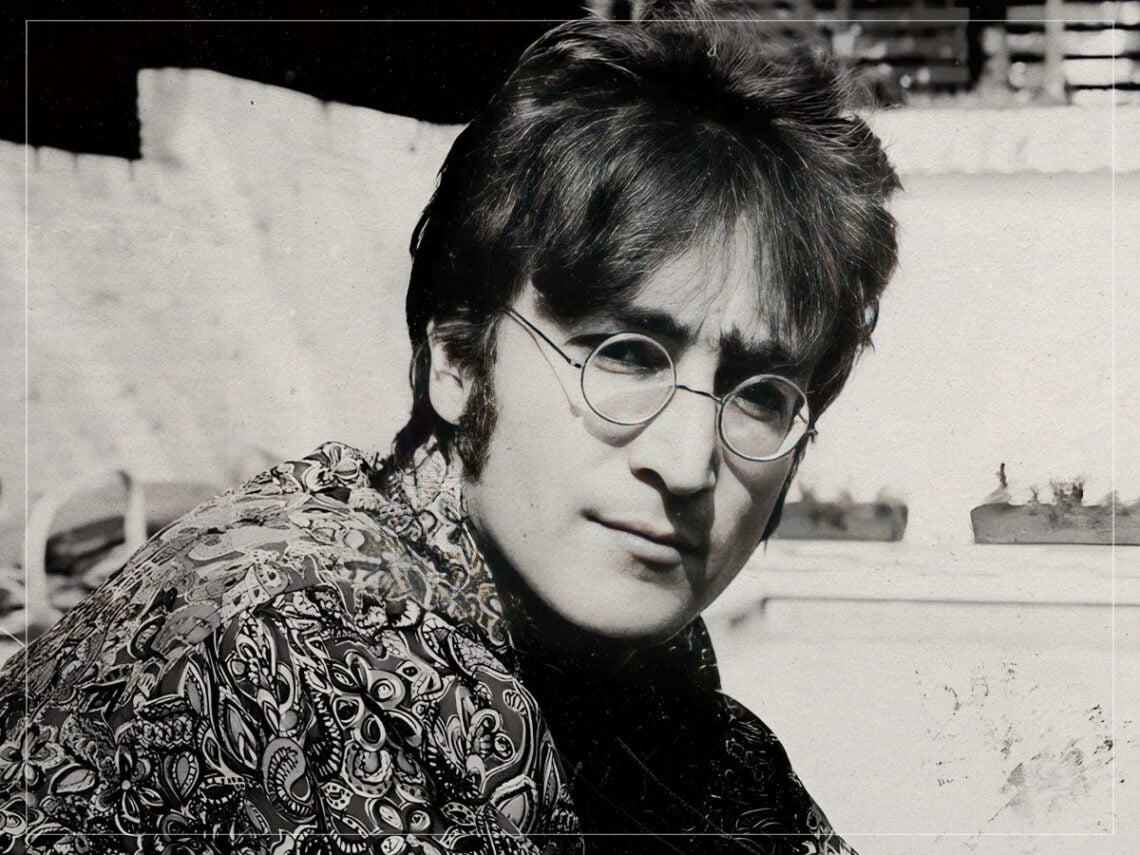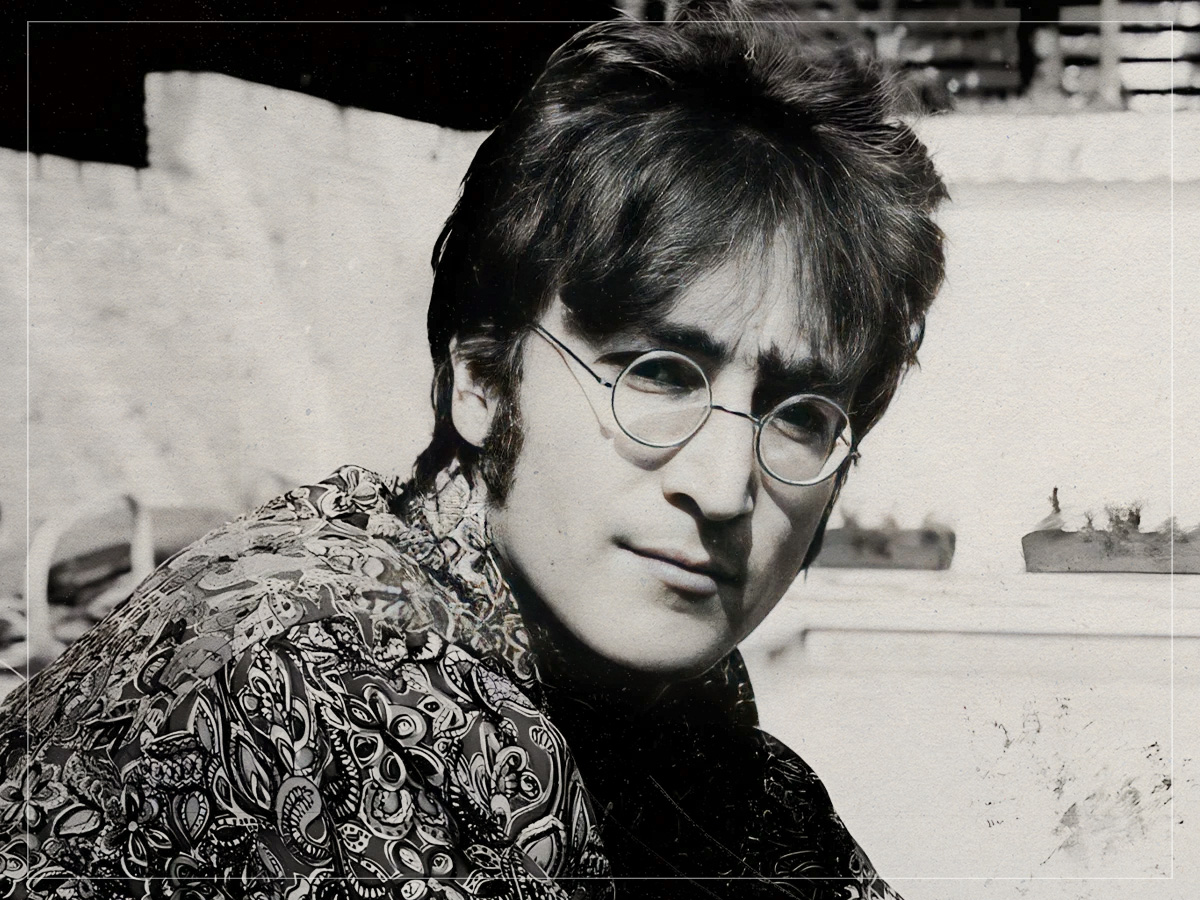
(Credits: Far Out / Alamy)
Sat 11 October 2025 17:00, UK
By the time The Beatles was coming to an end, it wasn’t just that tensions were high in an active, fiery way. But they also settled into a regular kind of frosty stalemate where past collaborators suddenly became blocks to the process.
Obviously, those past collaborators were John Lennon and Paul McCartney, and really, the stalemate was one-sided. While McCartney seemed more than willing to help Lennon out right up to the end, sitting with him still to help out on later tracks, and always being there to play on them, Lennon started taking the opposite approach.
He started being absent, especially during the Abbey Road sessions. By that point, his feelings were pretty clear – he wanted out, and he particularly wanted out of this album, which he really couldn’t care less about.
For the others, though, this was a breath of fresh air. After the confusing and disjointed process of putting together The White Album with no collaboration and no clear through-path of meaning, message or style, and after the hectic and hard times spent making Let It Be, there was hope from the rest that Abbey Road might be better, as they decided to go back in time a bit to some happier times.
“I tried to get Paul to get back into the old [Sgt] Pepper way of creating something really worthwhile,” George Martin once recalled as he encouraged the band to return to a more conceptual way of working, rather than each just writing their own songs.
It was a process that Harrison approved of. Having previously walked out during the last album, this new plan hooked him back in as he said, We did actually perform like musicians again,” suddenly filled with new hope as they started what would be their last ever recording sessions.
Lennon, however, was unconvinced. Partly, because he simply seemed to want to move on with his life. Yoko Ono became a permanent presence in the studio on the days he showed up. Then, halfway through making it, the couple got in a car crash that gave him a great excuse to not, meaning that he doesn’t play on a few of the songs. Mostly, though, he doesn’t play on them because he was essentially throwing a fit.
“A concept started to come from Paul to tie the songs together, which helped to make the numbers seamless and unified,” engineer Mal Evans recalled as what would come to be known as the ‘Abbey Road Medley’ started taking shape. To everyone else in the room, it was like watching a masterpiece get made. To Lennon, it was the opposite.
“Everybody was firmly on board with unifying the songs – well, except for John, who had to be talked into it. He didn’t want to do another ‘concept album’ like Sgt Pepper,” Evans said. But that’s a pretty kind reflection on the truth of the matter, which is that Lennon lambasted the tracks as “junk”, called the second side of the album “[music] for the grannies to dig.”
Related Topics
The Far Out Beatles Newsletter
All the latest stories about The Beatles from the independent voice of culture.
Straight to your inbox.

